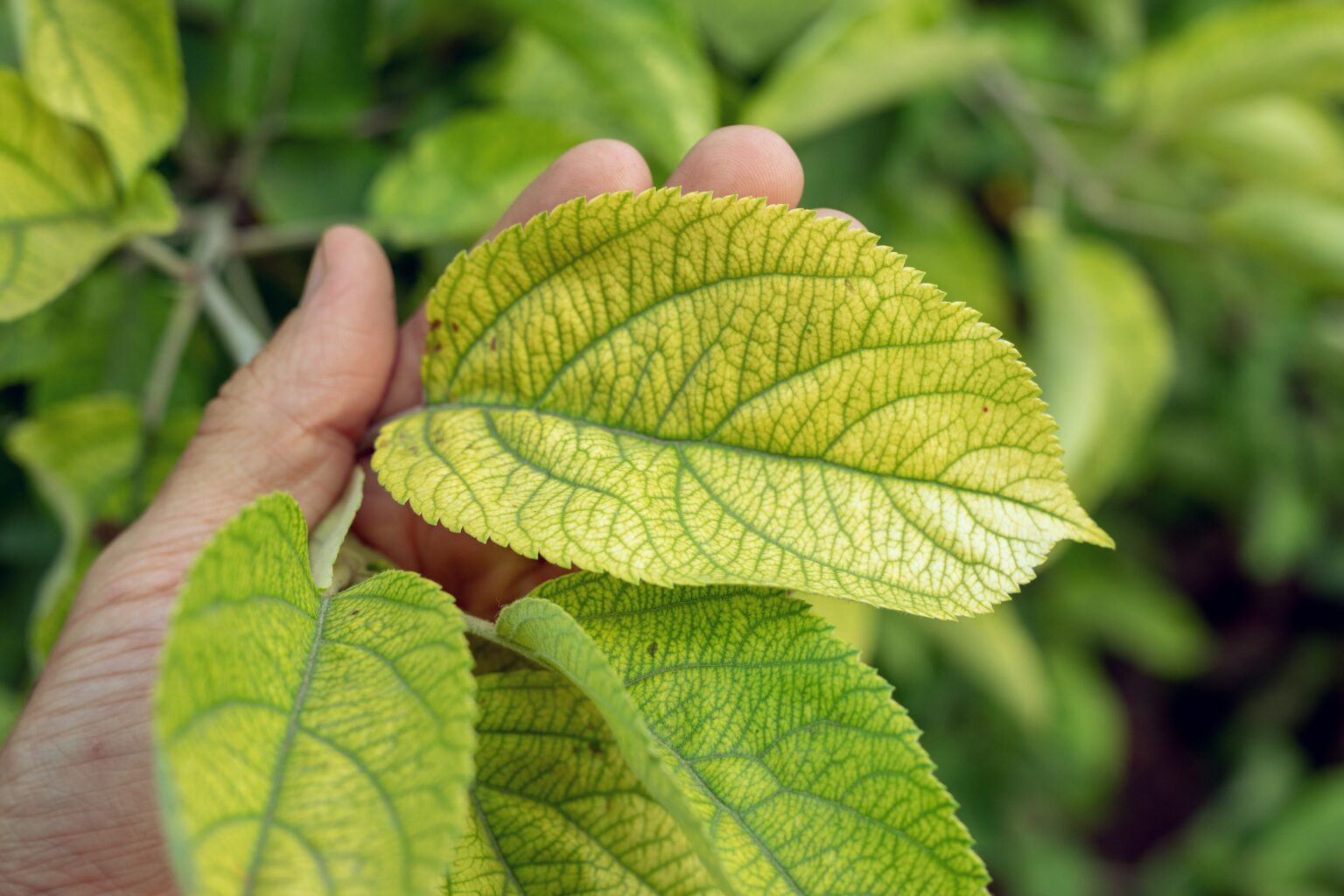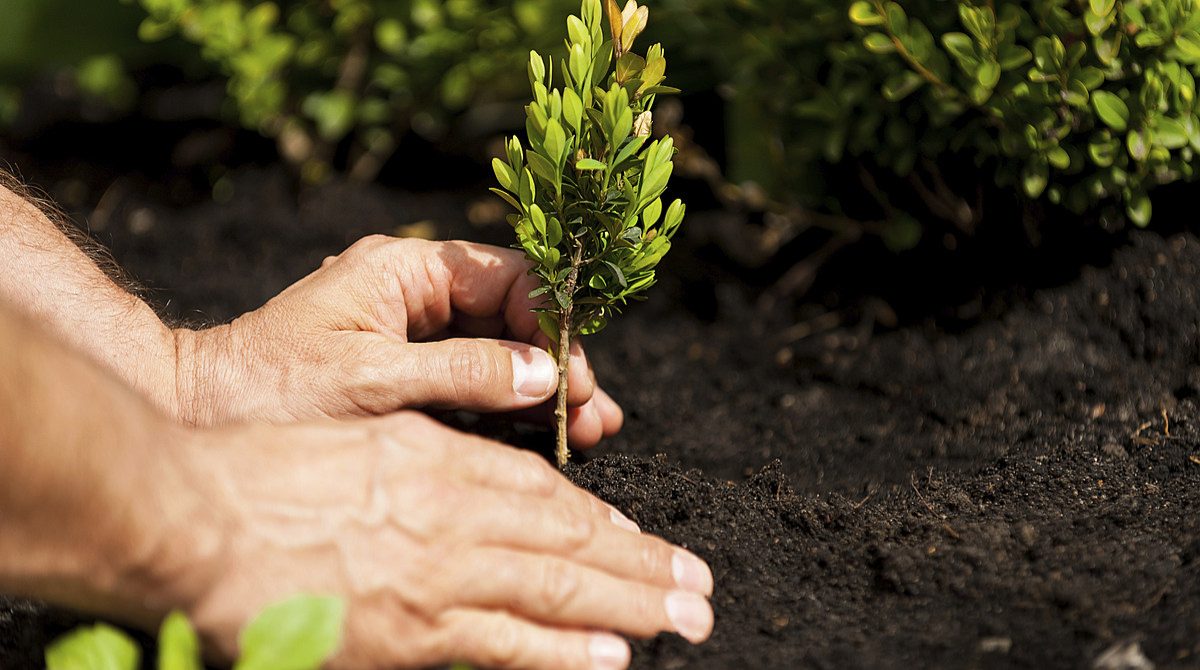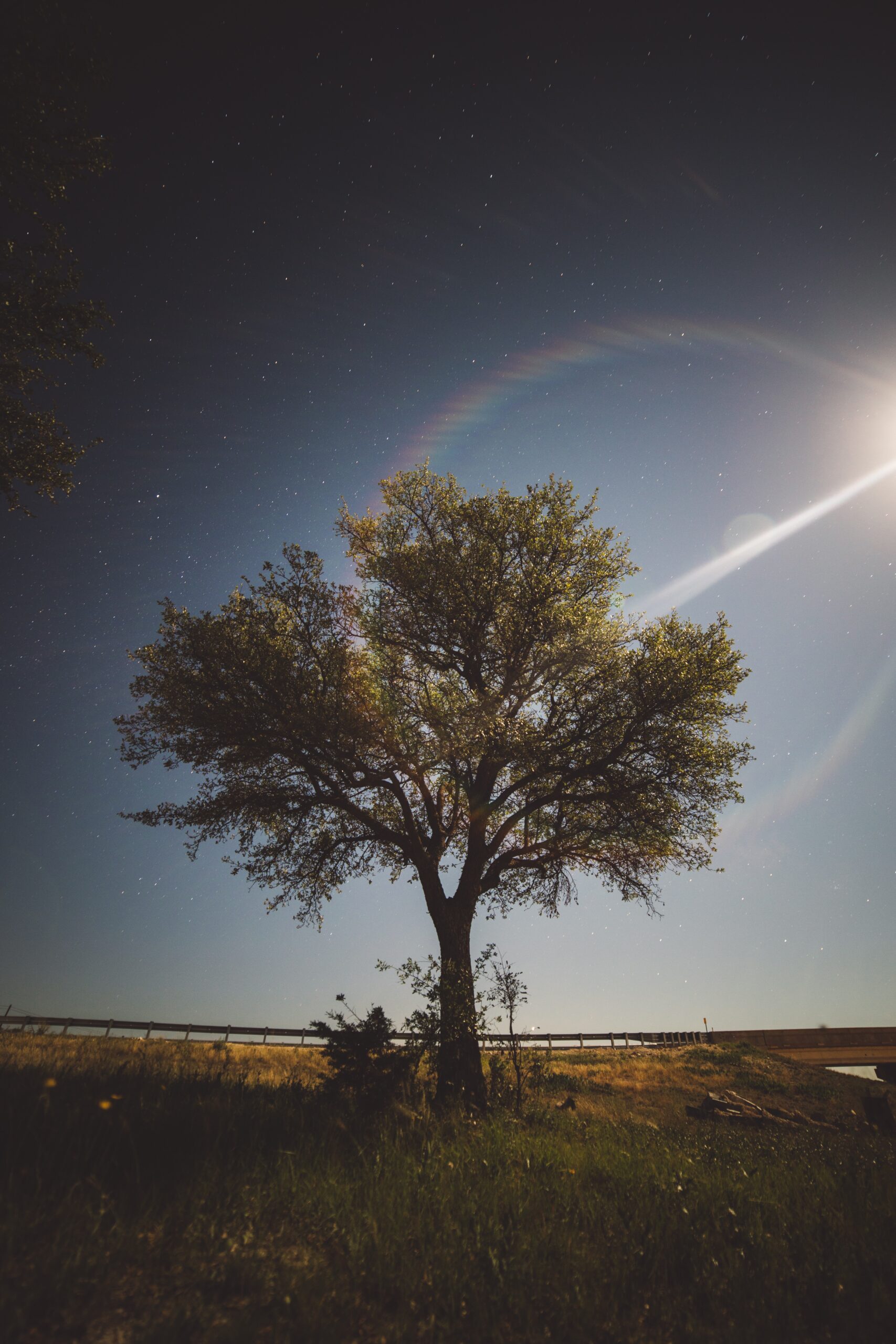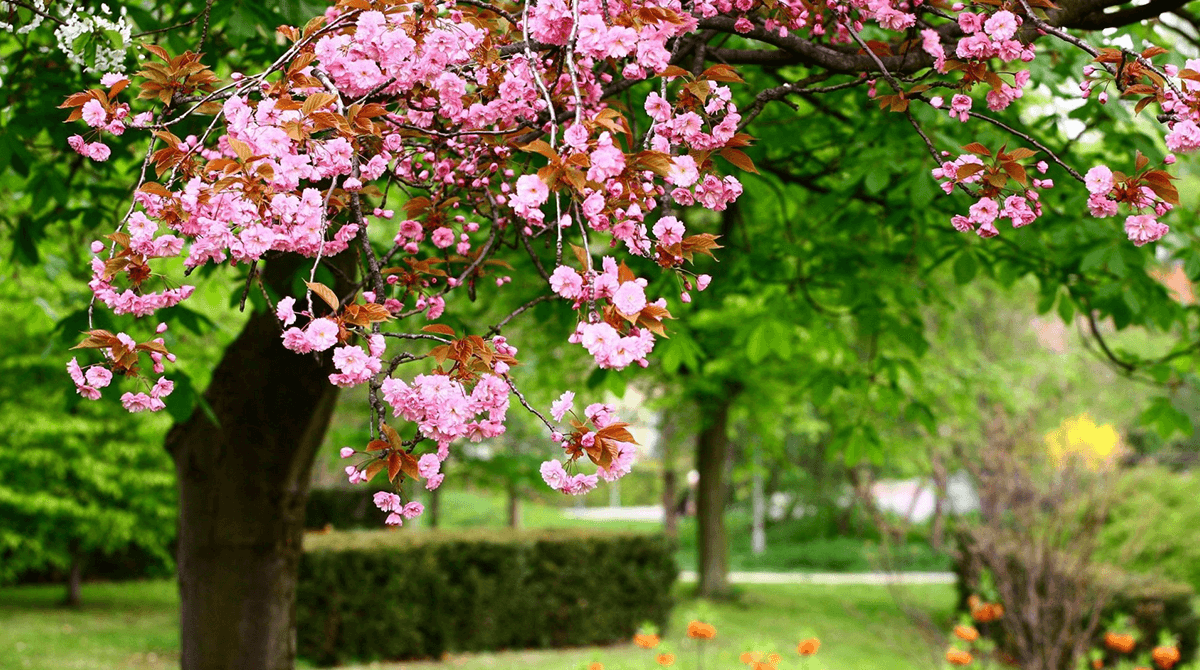
What Causes Iron Chlorosis in North Texas Trees
Date May 02, 2022
Category
Noticed some odd yellowing of your yard’s foliage recently? Chlorosis is a common problem for trees in Texas, and many homeowners are not sure what causes it or even how to recognize it. In this blog post, we’ll take a closer look at what causes Chlorosis in trees and what to look for in yours.
WHAT IS IRON CHLOROSIS
While there are a few different types of chlorosis, iron chlorosis is by far the most common among them and what we’ll focus on in this post. Most often, it affects various oaks, pines, hollies, and other acid-loving plants. . It’s generally not so much a disease or fungal infection as it is a nutrient deficiency with several possible root causes that we’ll examine below.
CAUSES OF IRON CHLOROSIS
The 3 most common causes of iron chlorosis are:
- Iron Deficiency
With approximately 75% of Texas earth covered in alkaline soil, iron chlorosis caused by iron deficiency is quite common in our area. This is because our soil has a high pH level of between 7 and 8.5. Hi pH levels in the soil can make iron unavailable to trees. Iron is critical for chlorophyll production, which gives leaves their beautiful green color. When iron is lacking, leaves may turn white or even brown as the illness progresses. Symptoms may be visible on only a branch or two or maybe seen throughout the entire tree.
- Overwatering
It is very possible as well as very common to overwater a tree or plant. Keeping soil extremely wet can create the perfect environment for chlorosis to thrive. This can also be a result of poor drainage.
- Root Damage
Another possible chlorosis cause is damage to roots, often from weed eaters and lawnmowers. Root damage can harm the tree’s ability to absorb soil nutrients and send them up into the canopy. Particularly in urban environments where construction and root pruning are common, soil compaction can lead to restricting the air and nutrients available to the roots. So, even if the right minerals are present in the soil, it won’t matter if they can’t be properly absorbed.
SYMPTOMS OF IRON CHLOROSIS
When assessing the health of your trees, look for these signs of iron chlorosis.
Fading Color
The most classic sign of iron chlorosis is the loss of green coloring to the leaves, replaced first by a pale shade of yellow. Typically, it will be centralized to a patch at first before spreading and losing even more color to become white and eventually brown. So, if you notice a spot on your trees looking a little dull, that’s a good time to call in an ISA Certified Arborist to take a closer look.
Necrotic Areas Developing on Affected Leaves
Not only can there be an overall change in color, but there also likely will be a color change, particularly around the veins and edge of the leaves as well. They take on a ‘scorched’ appearance in these spots before withering and dropping prematurely.
Stunted Growth and Tip Dieback
Without access to oxygen and/or nutrients that support the tree’s growth, it will cease development. The affected leaves will begin to clearly look different from those not yet affected, both in terms of maturity and color. No chlorophyll means not only a lack of green but also a lack of growth progression overall.
So, if you see yellowing in your leaves and they are dropping prematurely, contact TreeNewal for a consultation ASAP. We can help diagnose the problem and provide solutions to get your trees back on track!
If you need advice or assistance with possible iron chlorosis in your trees, get in touch with the ISA-certified arborists at TreeNewal and enjoy tailored tree care advice.
To learn more about What Causes Iron Chlorosis in Trees?, call our Argyle and Southlake-based teams
at tel:(817) 592-6846 or send us a message.
We’re a little different than the average tree services company.
Learn more about TreeNewal’s ISA Certified Arborists!
Our Dallas/Fort Worth-based tree doctors can explain how sustainable tree care services add more value to your bottom line.
Healthy trees, healthy lives.








